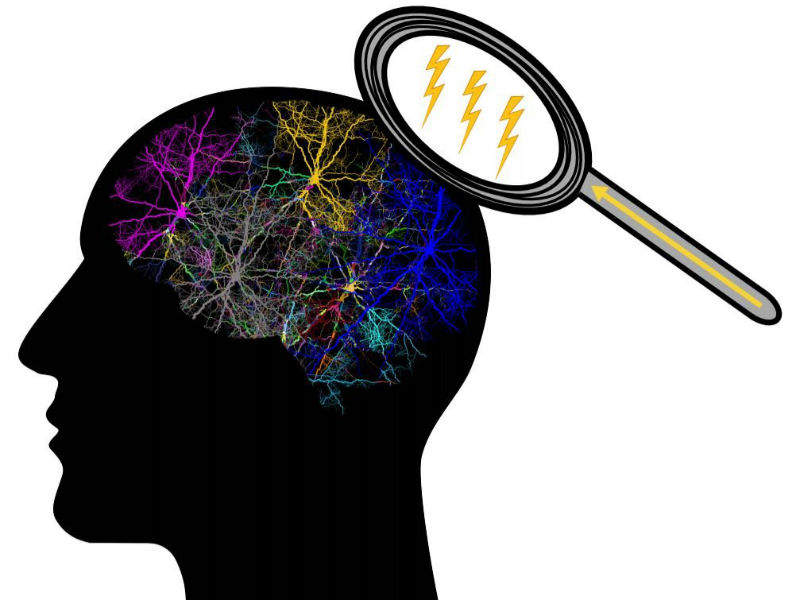Stuttering is defined as the involuntary repetition of sounds when speaking, and may be neurogenic (caused by the nervous system) or psychogenic (caused by the mind or mentality). Stuttering is relatively common in childhood, affecting roughly 5% of children between the ages of 2 and 5. While most children grow out of this disorder, persistence into adulthood is not uncommon, with more than 70 million adults suffering worldwide. Stuttering can have vast implications for a person’s quality of life, affecting function across social, emotional, occupational, and economic domains.
Current speech therapy strategies involve conscious acknowledgement of maladies in fluency, articulation, cognition, and vocal tone, as the patient aims to actively alter their speech patterns. While this has been shown to be very effective, it is often a lengthy process with stages of abnormal sounding speech.
In a recent trial conducted at the University of Oxford, Watkins and colleagues investigated the use of transcranial direct current stimulation (tDCS), in aiding stammer control in patients undergoing fluency training. tDCS is a method of brain stimulation which involves placing electrodes on each temple and passing a very weak current through the brain. In this randomised controlled trial, 20 participants received tDCS, and 20 received no neuronal stimulation while pronouncing one syllable per beat on a metronome (a technique encouraging fluency in those who stutter). Learning and repetition increases the number of synapses (junctions between nerve cells) in the brain; strengthening them, and enabling much faster neuron communication. Stimulation through tDCS increases neuron firing rate, which researchers believe could reinforce learning of fluent speech patterns. In this way, the active effort of correcting speech patterns could become more unconscious or habitual. While this may not completely eradicate the disorder, it may result in faster, and more permanent learning of speech therapy strategies.
Interestingly, this treatment may not only have implications for those with speech impediments, but may also serve purpose as a therapy for a range of neurological conditions, including stroke and even depression. Neuronal stimulation has previously been associated with increased neuroplasticity, increasing the brain’s ability to repair, reorganise and restructure itself after trauma or in cases of age-related neurodegeneration. Not only that, but when electrical stimulation is directed to the spinal cords of paralysed patients, the ability to walk is partially regained, with vast improvements for quality of life.
Electrical brain stimulation (EBS) may also be a surprising way to treat criminality. In 2018, researchers from the University of Pennsylvania and the Nanyang Technological University discovered that just one session of EBS increased the participant’s moral awareness, and reduced their desire to commit violent assaults. In light of the vast amount of emerging research in this area, electrical stimulation could prove to be a new effective method of managing a range of neurological disorders.
image source: https://www.medicaldevice-network.com

